Threat Assessment and Collective-Action Emergence: Death-Camp and Ghetto Resistance During the Holocaust
Recent work in the field of social movements has argued for the importance of threat as a factor that explains the emergence of collective action. However, threat remains poorly specified and understood. This article seeks to refine the concept of threat and its role in mobilization with an examination of Jewish resistance during the Holocaust. Our study design compares two cases where resistance took place (the Warsaw Ghetto and the Sobibór death camp) with two cases where resistance did not occur (the Łódź Ghetto and the Bełżec death camp). Our comparison of these cases finds that mass resistance occurred only when and where Jews correctly assessed the threats facing them. We use these findings to identify five dimensions of threat: severity, temporality, applicability, malleability, and credibility. We argue that recognizing these dimensions and the ways they interact is especially useful for understanding action in repressive contexts.

